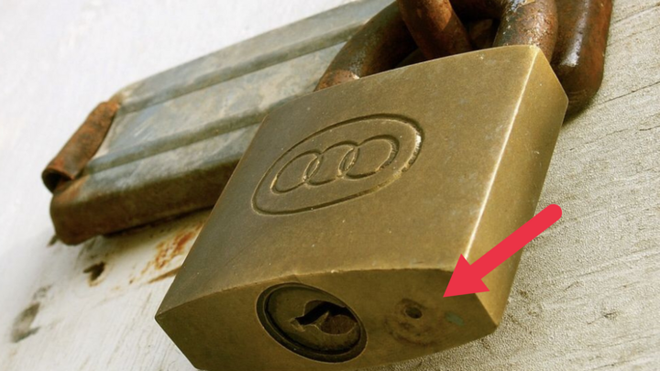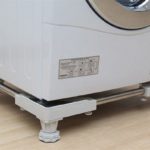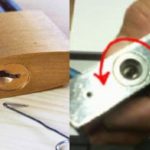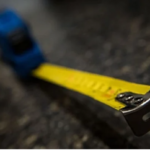Locks are an essential item in every household and are considered the “guardian of possessions” as they help protect valuables and the homeowner’s privacy. Locks come in various shapes and sizes, but a typical lockset has six basic parts:
– Spring
– Keyway
– Lower bolt
– Spindle
– Key
If you observe closely, you’ll notice that almost every traditional lock has a small hole (apart from the keyhole used to insert the key).
The Purpose of the Small Circular Hole on Locks
Very few people notice and realize the existence of the small circular hole on locks. And when they do, many are puzzled as to why locks usually have such a small hole.
Traditional locks are typically used to secure gates and doors from the outside. Since gates are often uncovered, they are exposed to rain and sunshine. These locks are mainly made of copper, stainless steel, or high-quality steel, but over time, exposure to the outdoor environment causes them to oxidize and form a layer of rust. As a result, the lock becomes stuck and challenging to open.
The longer a lock remains in a rusty state, the more difficult it becomes to use. If it gets too stuck, special tools may be required to break it open. Therefore, manufacturers came up with the idea of designing a small circular hole next to the keyhole.
What is the purpose of the small hole on the lock? It is intended to drain water, reducing water accumulation in the lock and thus lowering the risk of rust formation that could lead to a stuck lock. To utilize the small hole’s function effectively, after rainfall, simply tilt the lock upward to allow any trapped water to drain out through this hole.
Without this small hole, rainwater would easily accumulate inside the lock, causing it to corrode quickly, reducing its lifespan and functionality. You would then have to spend money on a new lock.
The small circular hole on the lock serves another purpose: it makes oiling the lock more convenient. Over time, with regular use, locks tend to dry out, making it challenging to operate them smoothly as they did initially. To address this issue, many people apply oil directly into the keyhole, which may make the lock smoother but will also cause the key and lock to become oily and messy.
Instead, slowly drip oil into the small hole next to the keyhole. This method provides lubrication while keeping the lock clean and tidy during use.

The purpose of the small circular hole on locks surprises many people (Source: Pinterest)
How to Choose a Safe and Suitable Lock
Different locations within a home require locks with distinct designs:
– Gate locks are usually outdoors and highly susceptible to environmental conditions and weather changes, making them prone to corrosion. Therefore, opt for gate locks made of premium materials such as stainless steel or 304 stainless steel, which possess high strength and corrosion resistance.
– Door locks: This is undoubtedly the most critical location in your entire home, so consider investing in high-security locks made of premium materials to minimize the risk of lock picking. Nowadays, many households have switched to fingerprint door locks for enhanced security.
– Box or chest locks: These are used for personal items but are relatively small in size, so you may consider using a small lock to secure the box or chest when not in use. There’s no need to invest in an oversized lock for this purpose.





































